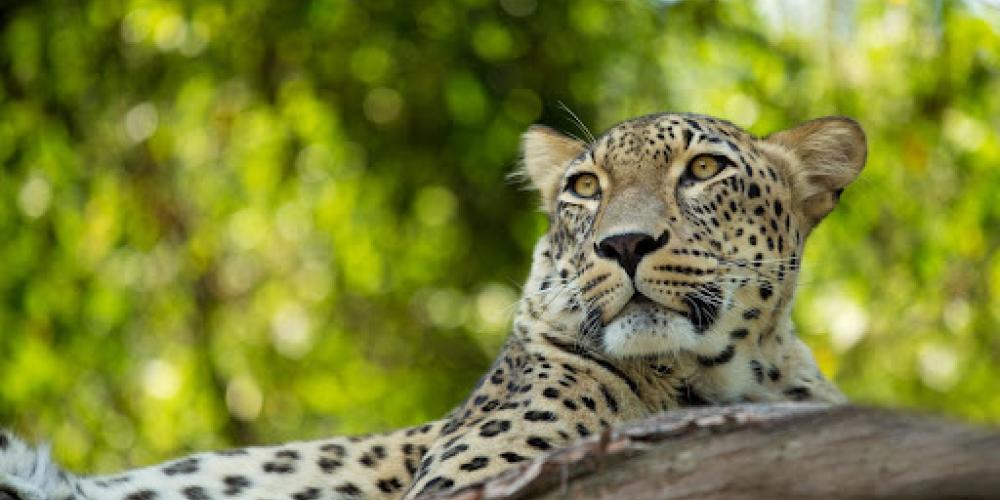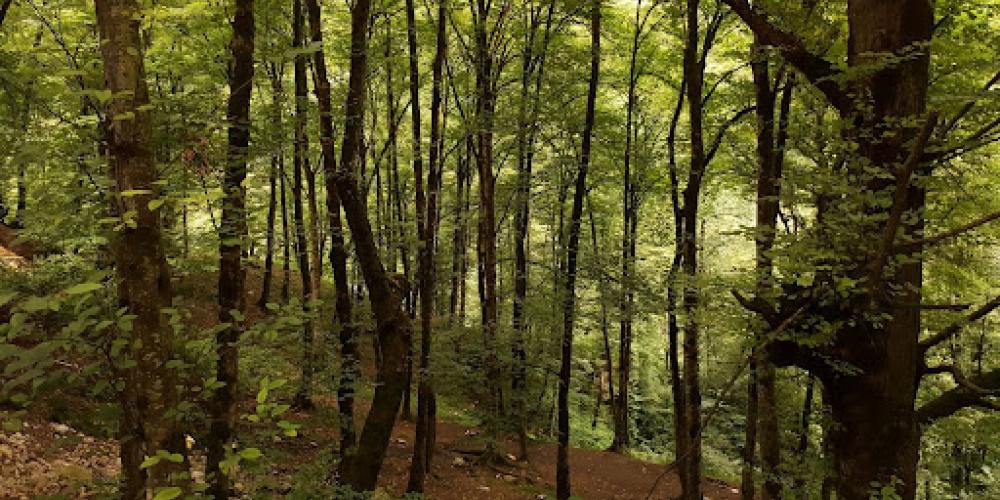Hyrcanian Forests

Amongst the arid landscapes that cover much of Iran, the Hyrcanian Forests stand out for their lush verdant wilderness. Stretching across an arc more than 850 kilometres long, they hug the southern coast of the Caspian Sea. The winds from the water combined with higher altitudes along the massif create a unique climate condition with heavy rainfall, high winds, high humidity, and low temperatures. This unique combination has created a thriving ecoregion full of flora and fauna, where you'll find half the country's mammal species, including the iconic Persian leopard and the threatened Persian wild goat; and one third of its bird species, including the steppe eagle, European turtle dove, and Caspian tit.

While it may be hard to imagine at first glance, the forested mountain landscapes are the result of evolution that stretches back as far as 20 to 50 million years. As a series of ice ages hit the planet during the Pleistocene epoch (from about 2.5 million years ago until 11,000 years ago), many forests across Europe and Russia were killed in the mass freezes. However, the Caspian Sea provided refuge for the deciduous broad-leafed forests in this region, which shrunk in size but managed to keep their key species alive. When the planet began to warm, the Hyrcanian Forests spread across continents - to Europe and even to North America. As a result, the Hyrcanian Forests are sometimes referred to as “the mother” of all European forests and are now one of the most ancient biomes in the world.
It's not just the flora and fauna that dates back to prehistoric times. Signs of Neanderthals were found in the forest caves in Amlash. Surviving the most recent ice age, the Neanderthals lived through treacherous conditions. Protected by the resilience of the Hyrcanian Forests, the cave dwellers were able to hunt mammals and collect local plants. And as humans evolved, so did the use of the land, as you'll find if you visit the fertile tea farms and orange groves of today in the rolling hills of the Alborz mountains.
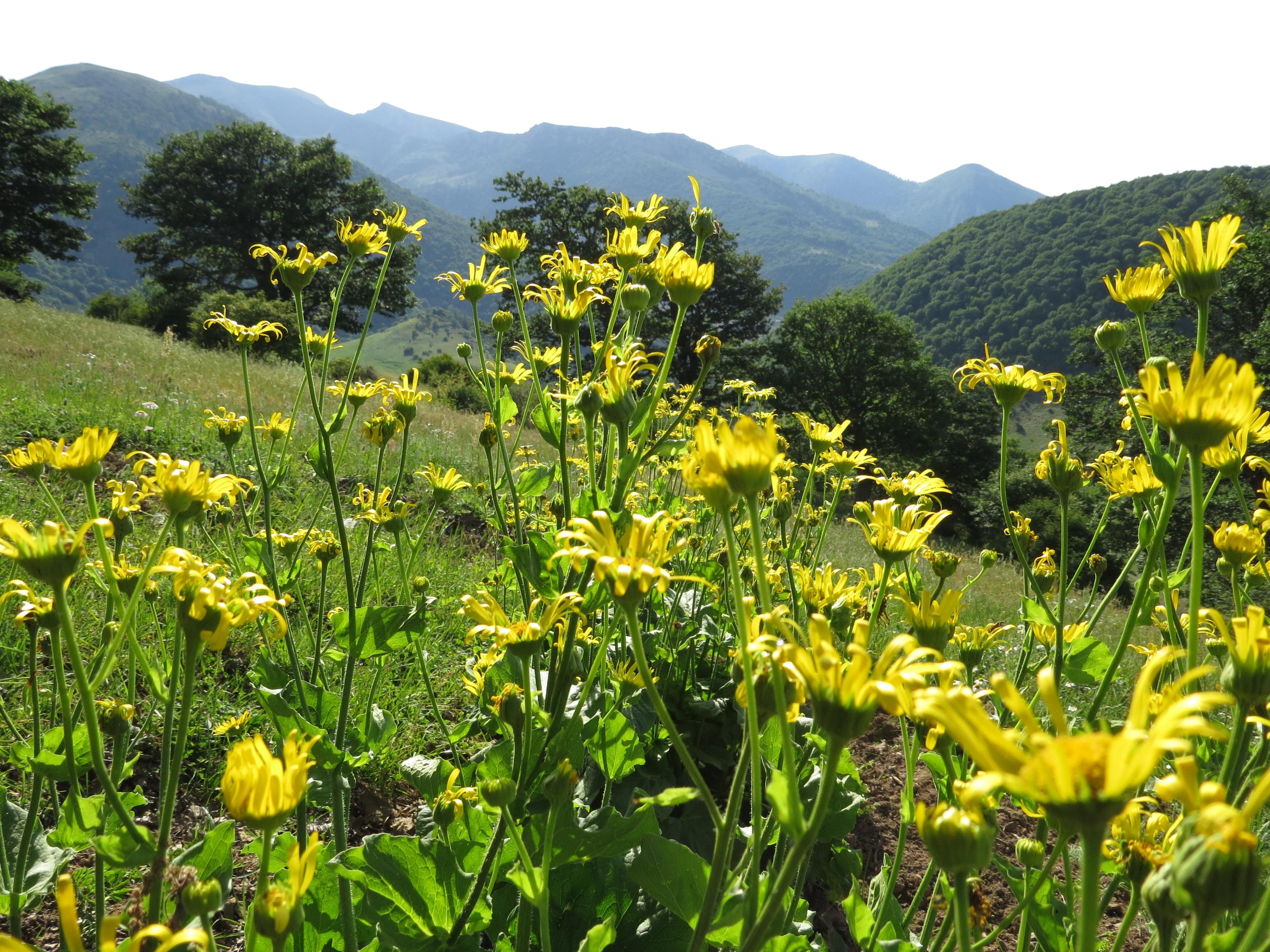
Although the fertile stretch of rolling green mountains along the southern coast of the Caspian Sea is more than 850 kilometres long, 15 specific sections of the forests have been chosen for the World Heritage site. Together, they represent examples of the various stages and features of Hyrcanian Forest ecosystems. Much of the landscape is in rough inaccessible terrain, but there are still many ways to visit other parts.
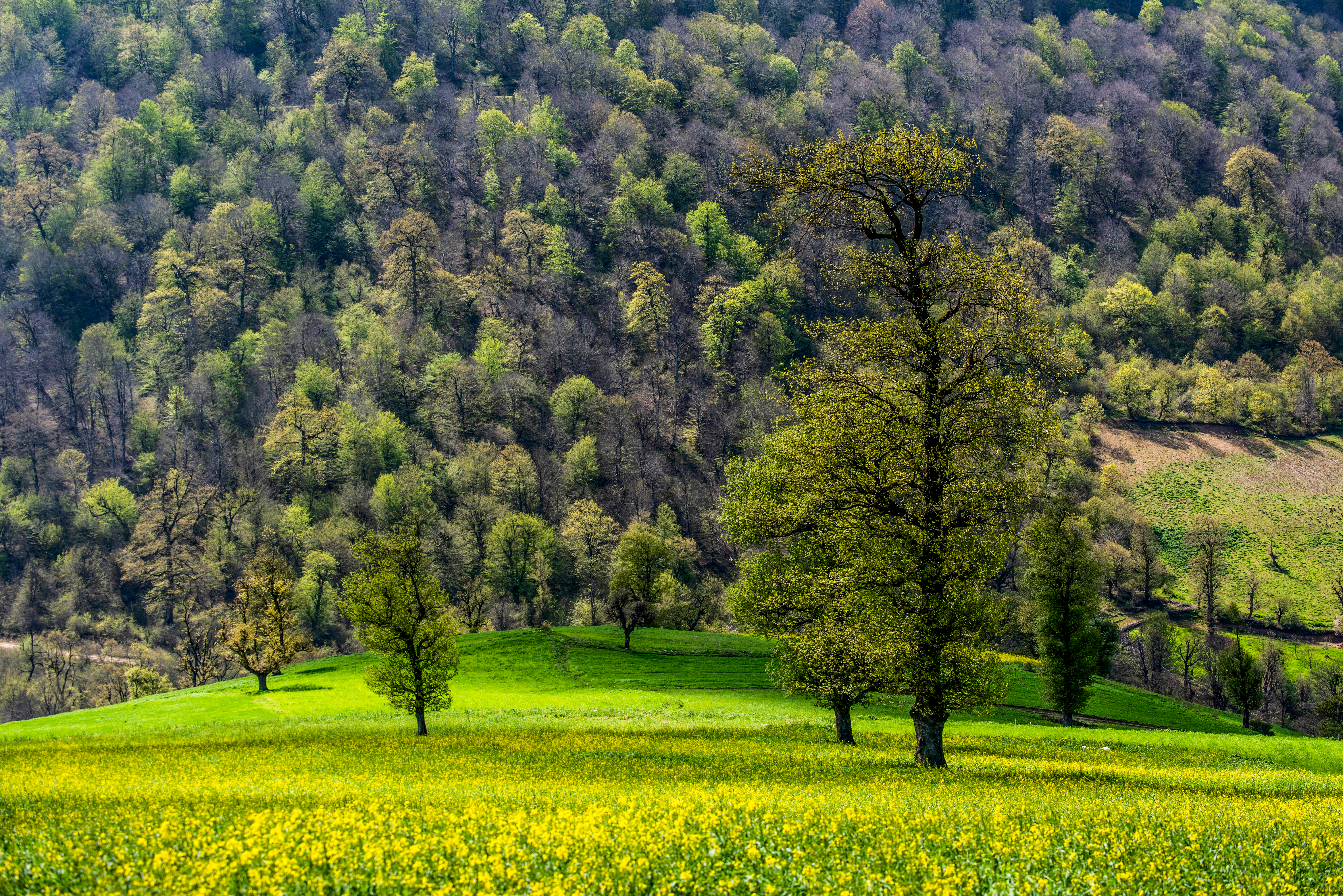
Some highlights include the Rudkhan Castle, an architectural and historic attraction built across two mountain peaks during the Sasanian era about 1500 years ago. Take a ride on the Namakabroud cableway for an unobstructed view of the Caspian Sea as you ascend the Alborz Mountains. For the more adventurous, hike to the Shirabad Waterfall, a mix of large and small cascades, with the highest at 30 metres. If you have extra time, try to find some of the caves in the area or spot an endangered Gorgan salamander.
Conservation Efforts Today
After surviving for millions of years, the Hyrcanian Forests faced one of their biggest tests in the 1950s when the vast natural wonder was given a price tag. One third of the lush forests were cleared for agriculture, livestock farming, and logging. As profit was prioritised over conservation, it led to overextraction, bare forests, and a loss of the region's identity.
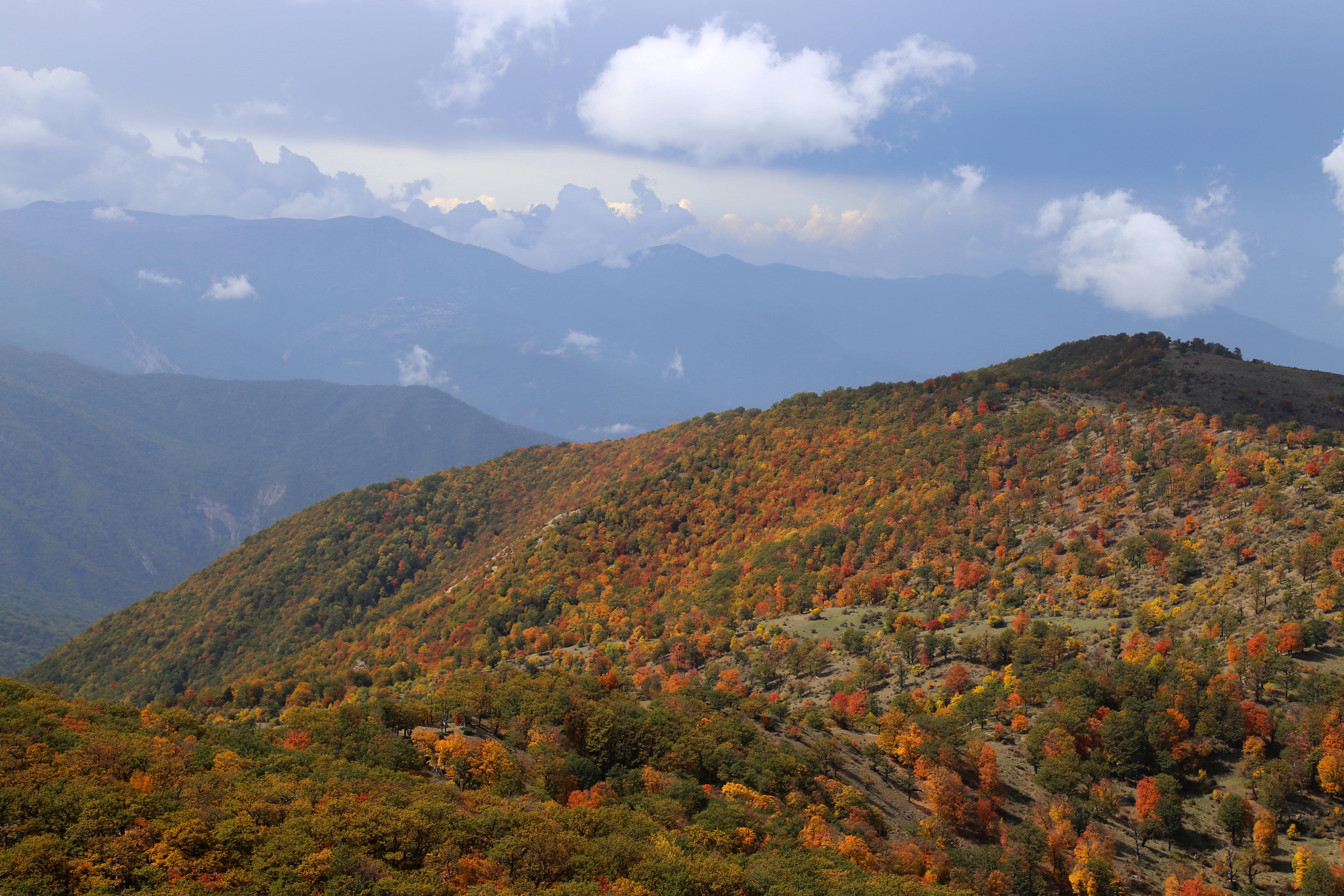
A shell of what it once was, the broad-leafed forests were given a fighting chance when they were declared a UNESCO World Heritage site in 2019. The call for conservation came just in time and local residents and organisations most affected by the clearcutting were given a stronger voice. Through education, financial incentives, and community support, sustainable forest management can be seen throughout the region.
Today, join a tour and experience firsthand the power of conservation and responsible travel. Trained experts will educate you on endangered species, historic monuments, and the evolution of one of the oldest forests in the world. Along your way, support local businesses selling handicrafts and home cooked meals.
How to get there
The Hyrcanian Forest stretches from Astara in the north to Golidagh in the east, giving visitors several cities to start from.
Visitors leaving from Tehran can exit west of the city on Route 79 and access Sangdeh in a 3.5 hour drive.
If you are visiting Golestan National Park you can fly into Bojnurd International Airport, then head by car or taxi for two hours along Gorgan - Bojnord Rd/Route 22 directly into the park.

Visitors looking to explore the Hyrcanian Forest to the north can fly into Rasht (RAS) or Ardabil (ADU). Rasht is the largest and most populated city in the north, so has plenty of transportation. By bus, visitors can leave Tehran at Azadi Terminal and ride 5 hours to Rasht Bus Terminal.
International tourists may find it best to fly into Tehran and book a tour guide for several days starting and ending in Tehran.
When to visit
The Hyrcanian Forests are open to the public all year round. It's dry during the summers, humid during the spring and autumn, with mild winters. Spring and autumn are the best seasons for hiking in the Hyrcanian Forests with less tourists and cool temperatures. Visit in the autumn to experience the changing leaves and breathtaking landscapes. June and August are the warmest months in the Hyrcanian Forests but are some of the lowest temperatures in all of Iran. This leads many to visit during the summer to beat the heat. January through March is recommended for birdwatchers trying to catch a glimpse of migrating birds.
How to Visit
With over 55,000 square kilometres to explore, it's easy to spend days in the Hyrcanian Forests. Guided trips are offered anywhere from a half day birding tour to 10 day trekking adventures. Multi-day trips will have accommodation, meals and transportation arranged for you. Operators offer custom and preset itineraries that will cater to your needs.
For safety reasons, it's recommended you hire a guide to navigate the mountain roads. Many of the mountain roads are also limited to vehicles only with 4x4 capabilities, so keep this in mind if you're travelling without a guide.
The Hyrcanian Forests provide an oasis for Iranian residents and international travellers, where you can enjoy the tranquillity of the forest while trekking to waterfalls, cycling through lush greenery, and spotting endangered species. Follow a local guide around for the day to find medicinal plants or learn about historic castles and landmarks. When you need to rest, indulge in the local culture by making handicrafts such as Jajim weaving, wool spinning, and cheese making. At night, listen to tales about the forest's guardians and ancient gods. Spread across parts of five provinces in Iran, the Hyrcanian Forest offers diverse natural and cultural attractions for every visitor.
